In 2014, UNESCO warned that Machu Picchu could be included on the list of endangered heritage sites due to poor waste management. In response, the Inkaterra Hotels Association, the Municipality of Machu Picchu, and the AJE Group implemented a circular economy model to manage waste locally. In 2015, four plants were established to process this waste.
In Machu Picchu Pueblo, also known as Aguas Calientes, four tons of organic waste are generated daily due to the large influx of tourists, restaurants, and hotels. This waste is segregated and processed in a pyrolysis plant built in collaboration with Peruvian engineers and the University of Cusco. This plant converts the waste into biochar, a natural carbon that enriches the soil and helps retain carbon dioxide.
Additionally, there are PET compaction plants, cardboard segregation plants, and glass processing plants. Plastic bottles are compacted and transported to a recycling plant in Lima, turning them into new bottles. These actions aim to raise awareness about the recyclable value of plastic bottles.
Glass bottles are also recycled and pulverized, preventing them from ending up in the Vilcanota River. The resulting sand is mixed with concrete to create paving stones that beautify and reinforce the riverbanks. Some of these white paving stones have already been placed in Machu Picchu, marking certain areas and contributing to the beautification and strengthening of the local infrastructure.

According to the World Tourism Organization, tourism activity accounts for around 8% of total CO2 emissions globally. In Peru, according to the Green Initiative, about 5% of total emissions are related to tourism.
Therefore, the tourism industry worldwide and in Peru, in particular, must improve its practices and incorporate climate action as a standard between destinations and companies. A fundamental aspect of this change consists of implementing management for reducing carbon emissions (mitigation) and achieving the carbon-neutral certification promoted internationally by the Green Initiative.
The certification was granted to Machu Picchu in 2021 by the Green Initiative after a certification cycle lasting five months. During this cycle, the Municipality formalized its climate commitment through the UN Climate Change – Climate Neutral Now program, aligning itself with the objectives of the Paris Climate Agreement and the recommendations for low-carbon tourism reactivation promoted by the One Planet program of the World Tourism Organization.
These results confirm that tourism activity and the generation of carbon emissions are directly related, exhibiting a positive correlation. To reach its goal of reducing carbon emissions by 45% by 2030, Machu Picchu must promote tourism’s reactivation and economic recovery without increasing carbon emissions.
Now, in June 2024, Machu Picchu has renewed its certification as the First Carbon Neutral UNESCO Designated Site, underscoring Machu Picchu’s commitment to sustainability and decarbonization, which continues to lead in sustainable tourism through innovative environmental initiatives and collaborative efforts. Moreover, Machu Picchu has made substantial progress in reducing carbon emissions. The total carbon footprint for 2022 was 7,117.55 tCO2eq, representing an 18.77% reduction compared to the 2019 baseline.
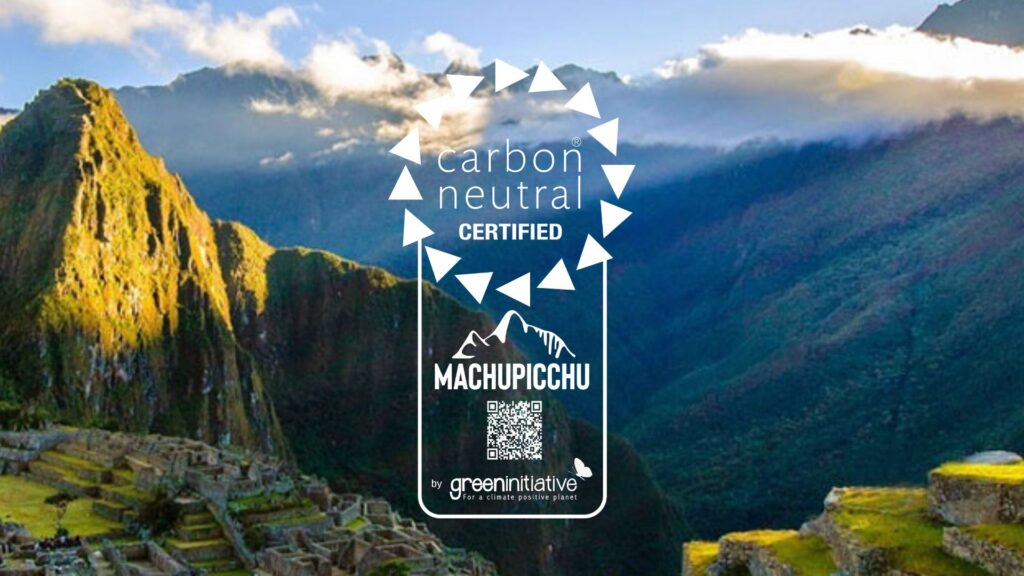
REDD+ Brazil Nut Concessions: Pioneering Conservation and Sustainable Development in the Amazon
Following the successful waste management initiatives in Machu Picchu, efforts to offset its carbon footprint led to the REDD+ Brazil Nut Concessions conservation project. Developed by the Peruvian company Bosques Amazónicos (BAM), an ally of Green Initiative, this project protects over 600,000 hectares of unique megadiverse forests in partnership with more than 800 castañeros families in Madre de Dios, Peru.
The REDD+ Brazil Nut Concessions project stands out for its scale and impact. It safeguards the chestnut forests, which are home to incredible biodiversity. For over 14 years, BAM, the Green Initiative, and the concessionary families have been united in their mission to protect these forests from the looming threats of deforestation. Their approach combines sustainable economic development with environmental conservation, ensuring that the local community benefits alongside the environment.

A core principle of the REDD+ Brazil Nut Concessions project is promoting economic development in harmony with nature. The project has implemented an integrated system for forest monitoring. It provides continuous technical and legal assistance to concessionary families. These families receive ongoing training in sustainable forest management, empowering them to protect their natural resources while enhancing their livelihoods. The project also offers direct economic benefits to the castañeros partners. It has developed sustainable, productive alternatives to improve the community’s quality of life.
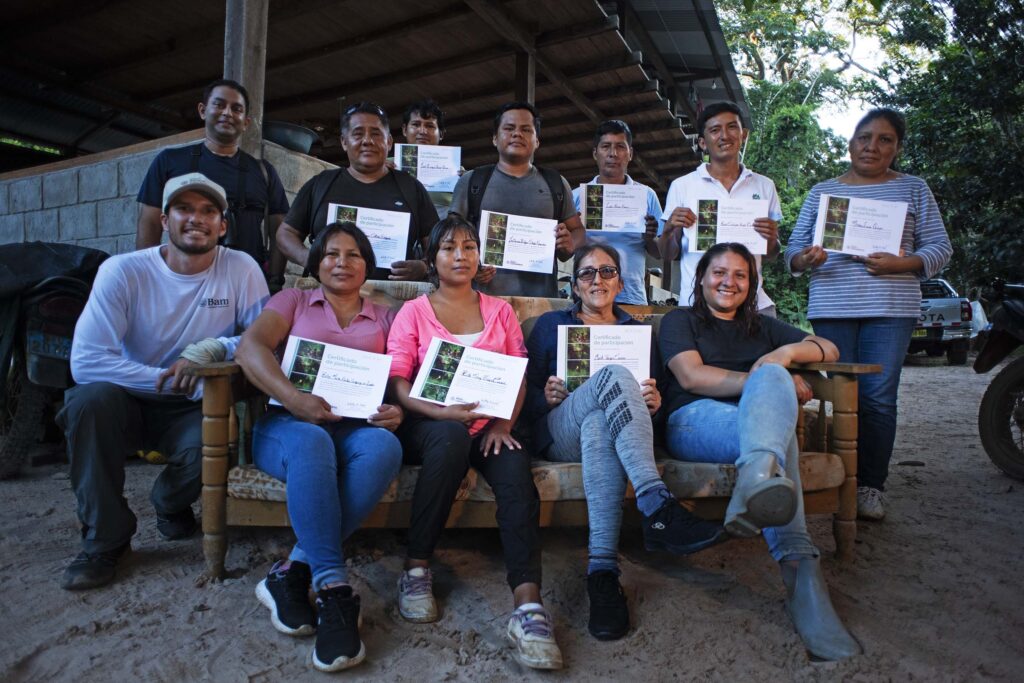
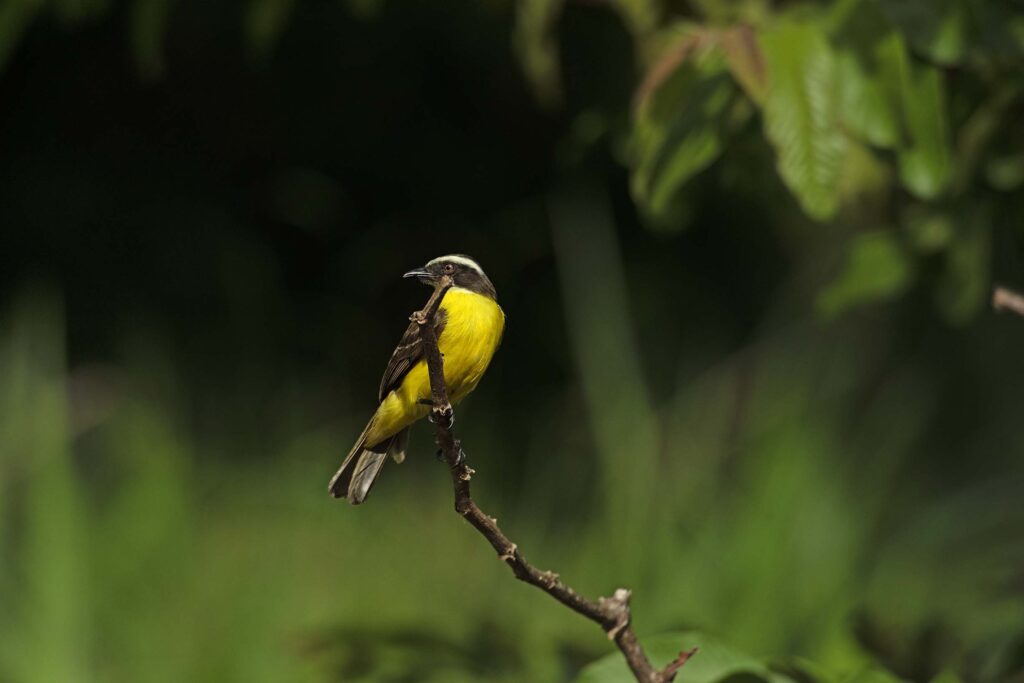
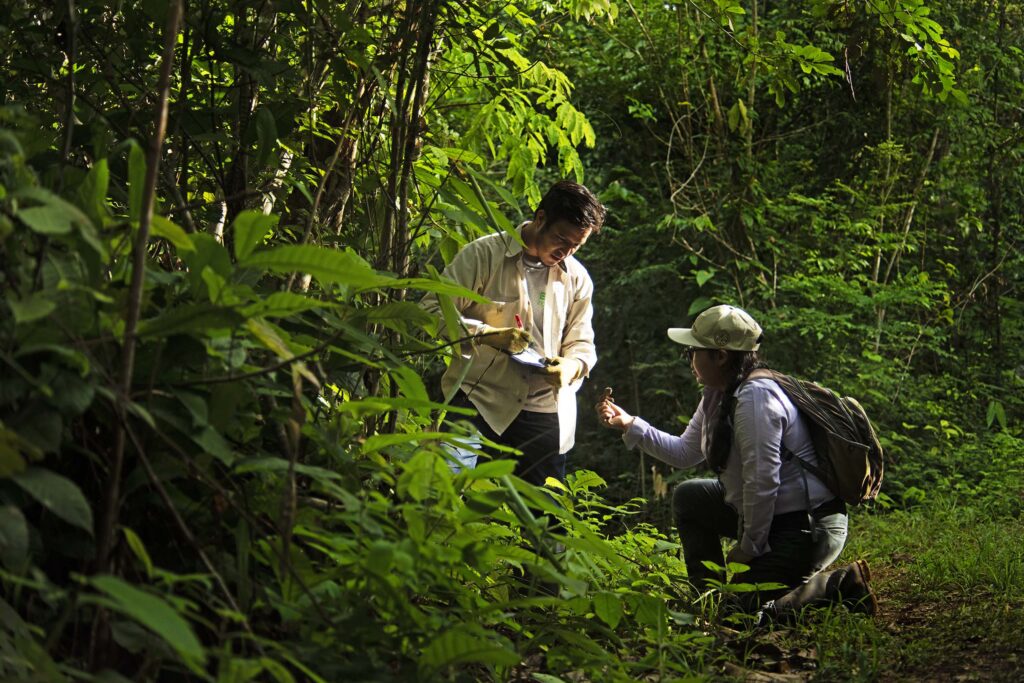
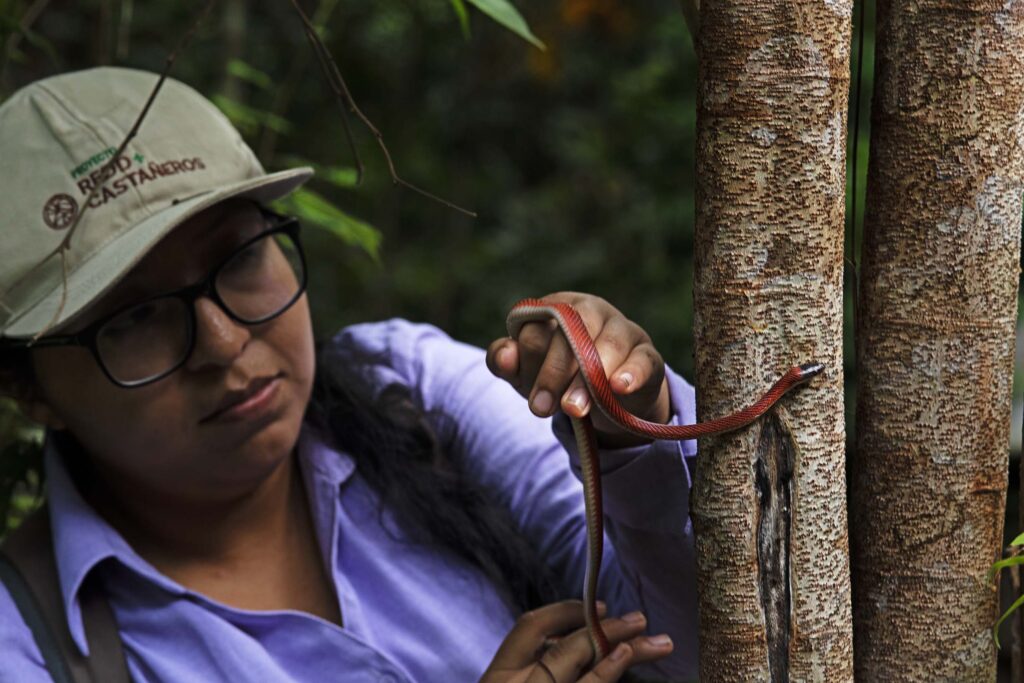

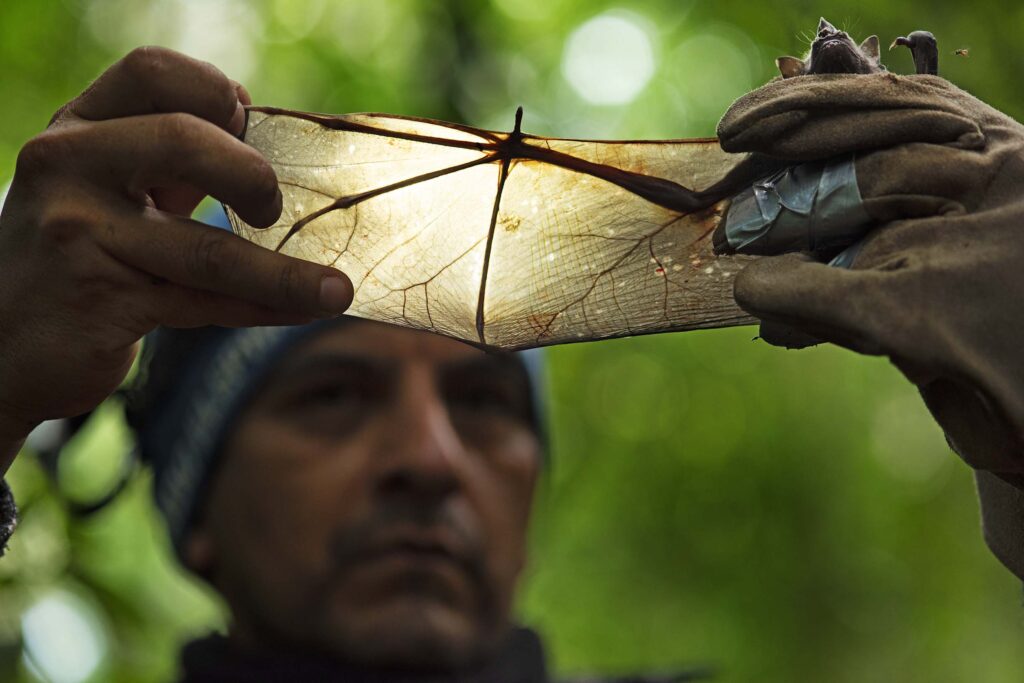
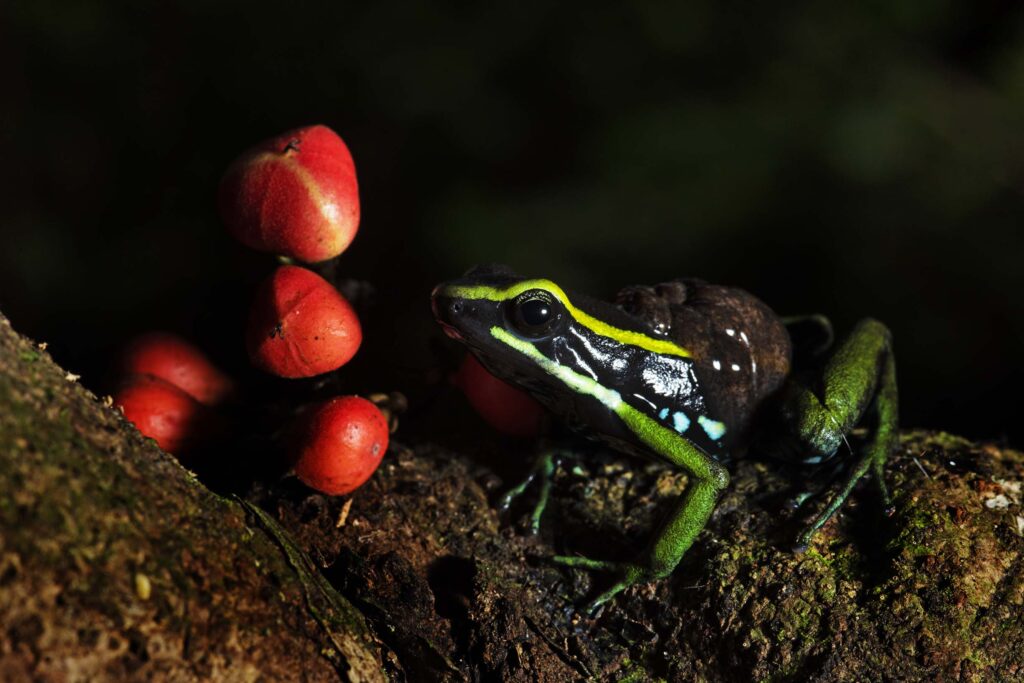


Photos by Walter H. Wust
In addition to its economic and social impacts, the REDD+ Brazil Nut Concessions project makes significant strides in biodiversity conservation. Scientific expeditions as part of the BAM Science Program leverage technology and innovation to monitor the biodiversity of the chestnut forests with active participation from the castañeros community. This ensures that the conservation efforts are both scientifically robust and community-driven.
Notable achievements include:
- Avoiding over 2.5 million tons of CO2 emissions annually.
- Preventing deforestation of 3,000 hectares annually.
- Benefiting more than 800 local families.
- Protecting over 600,000 hectares of forest.
- Engaging over 300 new partners.
- Protecting more than 900 species.
These accomplishments highlight the project’s role in mitigating climate change, conserving biodiversity, and fostering sustainable development. It is a global model for integrating economic growth with environmental stewardship and community empowerment.
A Model for Global Conservation
The REDD+ Brazil Nut Concessions project serves as a model for conservation efforts worldwide. Integrating economic development with environmental stewardship and community empowerment demonstrates that protecting our planet’s natural resources can improve human well-being.
As the world continues to grapple with climate change and environmental degradation challenges, initiatives like REDD+ Brazil Nut Concessions offer a beacon of hope. They show that innovative approaches and collaborative efforts can create a sustainable future for both people and the planet.
To delve deeper into the remarkable work of the REDD+ Brazil Nut Concessions project, download the 2023 Annual Report here.
Contact us for further information and supporting Green Initiative’s actions from the Andes to the Amazon.
Useful links:
- Climate Action Guide for Tourism Businesses and Destinations Download

